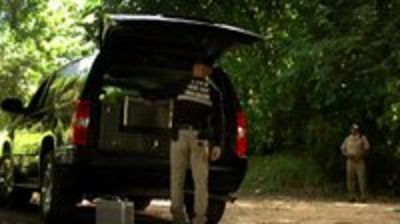
“From our perspective,” New York City Mayor Michael Bloomberg said earlier this year, “drilling in areas that supply more than 1 billion gallons of drinking water a day for more than 9 million New Yorkers is simply a chance we cannot take.” The chemicals and lubricants used in the fracking process might end up poisoning drinking water. The drilling goes so far down that it bores straight through aquifers – naturally occurring filters in the earth that clean water. Scott Stringer, Manhattan’s borough president, commissioned a report that found that seven states nationwide have been the sites of either extreme incidents of water contamination or explosions near fracking sites.Įven without mishaps there are problems, say environmentalists. Elsewhere, residents have reported that their tap water has, in some cases, caught on fire due to methane released into their water. However, if mistakes are made, water sources can become so toxic that they are considered “dead.” In rural Pennsylvania, dozens of miles of stream are now dead due to fracking mishaps. Explosive charges are used to fracture the underground rock – thus the term “fracking” – in order to release the methane. The drilling itself, which entails injecting millions of gallons of water mixed with poisonous chemicals into the ground, can go dangerously wrong. All of this can disrupt life in small towns.

Many large trucks are necessary for each well, meaning a huge increase in traffic. Further, fracking takes place in rural areas, where there are small roads. As the drill bits go for miles and miles, owners of houses are pushed into signing low-priced leases for land beneath their homes with the energy companies, bringing home values down precipitously. “As accounts of contaminated water, soil and air due to hydraulic fracturing come in from across the country,” Quinn and Gennaro said, “New York is in a unique position to show much-needed leadership on this issue.”Īs simple as the fracking process sounds, say its critics, it is actually fraught with dangers. 29, Christine Quinn, speaker of the New York City Council, and James Gennaro, the council’s Environmental Committee chair, said in a statement that allowing time for a scientific review by the DEC was a “monumental step for the environment.” Referring to the Assembly bill, passed Nov. The other form is considered less dangerous by the governor, and has not been banned. Instead, he singled out horizontal fracking, but extended the deadline to July 1. Paterson, however, vetoed the bill, saying that any blanket ban for any amount of time would harm the state’s economy. In November, the State Assembly passed a bill, similar to one passed in the State Senate, disallowing all types of hydraulic fracturing through May 15. Some expressed disappointment with the governor. The ban is intended to give the DEC ample time to conduct a comprehensive review of the process and its associated dangers. They pushed for an outright ban, siting the state Department of Environmental Conservation’s failure to adequately study the safety of the practice. Opponents say it is an extremely dangerous process. They then turn the drill bits sideways, and extend the wells horizontally for miles.

Big energy companies engage in fracking, or hydrofracking, by drilling far down into the Earth’s surface to an area called the Marcellus Shale – located primarily in New York, Pennsylvania and West Virginia – where large quantities of methane gas have been found.

“Fracking” is hydraulic fracturing of rock to extract natural gas. 11 executive order banning the practice until July. NEW YORK – Environmentalists and state residents concerned about the safety of their towns and drinking water won a first victory over “fracking” as outgoing Gov.


 0 kommentar(er)
0 kommentar(er)
